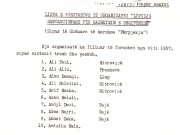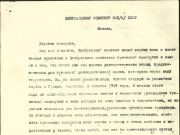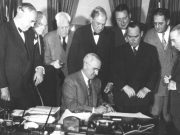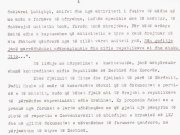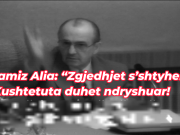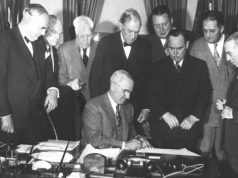Më 6 prill 1667, qyteti i Dubrovnikut (atëherë Republika e Raguzës) u përfshi nga një nga fatkeqësitë më të mëdha natyrore në historinë e Adriatikut. Brenda pak minutash, një tërmet shkatërrues rrëzoi kisha, manastire, pallate e shtëpi, ndërsa zjarret që pasuan dogjën gjithçka që kishte mbetur.
Qyteti që njihej si “xhevahiri i Adriatikut” u kthye në rrënoja e hi. Mbi 3.000 njerëz humbën jetën, përfshirë shumë fisnikë, tregtarë dhe klerikë. Ajo që e bën këtë ngjarje edhe më të jashtëzakonshme është dëshmia e një prifti shqiptar nga Shkodra, Vital Andriosi, i cili i shkroi një letër mikut të tij Diodor Bosdari në Ankona, duke përshkruar tragjedinë me detaje rrëqethëse.
Letra e plotë e Vital Andriosit
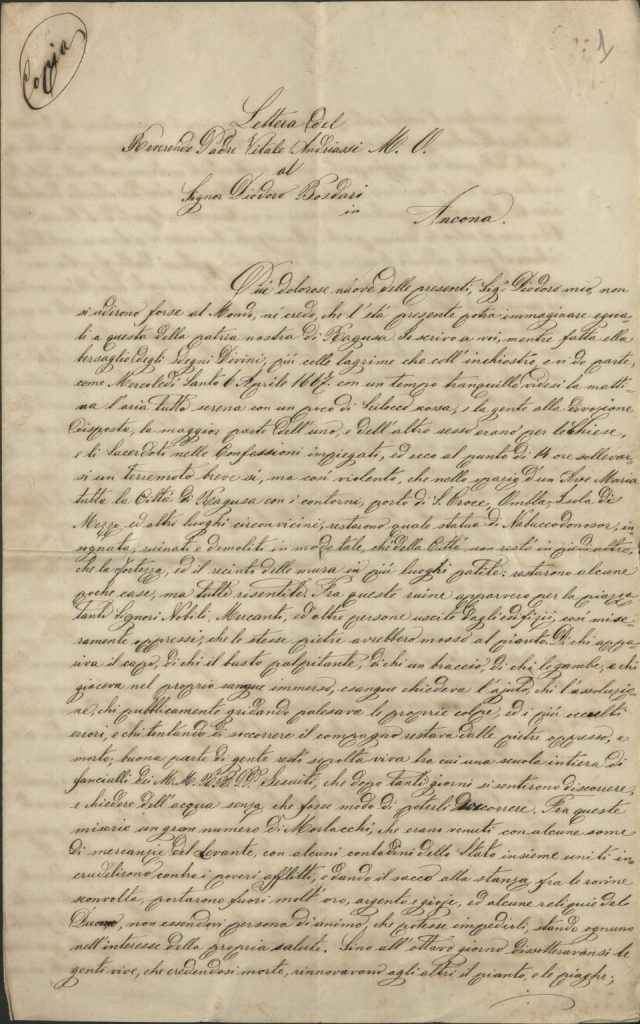
Letter of Reverend Father Vital Andriosi to Mr. Diodor Bosdari in Ancona
“More sorrowful news than this, my dear Sir, has perhaps never been given to the world, nor do I believe that our age could imagine anything equal to the present misery of our homeland, Ragusa.
I write to you while my strength and spirit are failing. Every person here writes with tears rather than ink, as on Holy Wednesday, April 6th, 1667, on a most tranquil morning, at about the eighth hour of the day, a horrible and terrifying earthquake shook like lightning through the whole country and the city.
It ruined and brought down all the churches, monasteries, palaces, houses, and every other building within the walls, not leaving a single one intact. The greater part collapsed and was utterly destroyed. Buried beneath the ruins remained the majority of the inhabitants—innumerable souls—among them many nobles and merchants, of whom no trace can now be found. Of those who escaped, most were wounded, and many crushed under the rubble.
The city remained in such a state that everywhere one sees only horror and misery. Not a church, not a monastery, remained standing where one might take refuge. Religious men and nuns perished in great part, and only a few were saved.
Countless corpses were buried under the ruins; others were consumed by the fire that followed the quake. The entire city was left burned and destroyed. Tears and blood run through the streets, and there is no remedy. Bodies torn apart lie where they cannot be removed from the wreckage.
The people cry out, each mourning their own. The streets are full of blood. Most of the noble families are extinguished. Extreme poverty reigns. There is no more bread, no wine, no provisions. The few men left wander lost, without shelter, without aid.
Nothing remains but ruin, death, fire, and ashes.
In this state of misery, I have scarcely life enough left to give Your Lordship this account of what has happened.
From Ragusa, April 6th, 1667
Your most humble servant,
Vital Andriosi”
Analiza historike
Kjo letër është një nga dëshmitë më të rralla mbi tërmetin e Dubrovnikut, që na tregon me tone dramatike dhimbjen dhe shkatërrimin e atij qyteti të madhërishëm. Fakti që autori ishte një prift shqiptar nga Shkodra e bën këtë burim edhe më të çmuar për historinë tonë, duke na treguar lidhjet e forta kulturore, tregtare dhe shpirtërore midis Shqipërisë dhe Raguzës.
Ngjarja e 1667-s shënoi fundin e një epoke për Republikën e Raguzës. Megjithëse qyteti u rindërtua, kurrë nuk e rifitoi madhështinë që kishte më parë.
Përfundim
Historia e tërmetit të Dubrovnikut mbetet një kujtesë e fuqishme e brishtësisë së qytetërimeve. Arkivat e ruajnë këtë zë të lashtë, që vjen nga një shqiptar, për t’i treguar brezave të ardhshëm se si brenda pak minutash mund të shuhet lavdia e një qyteti të tërë.



